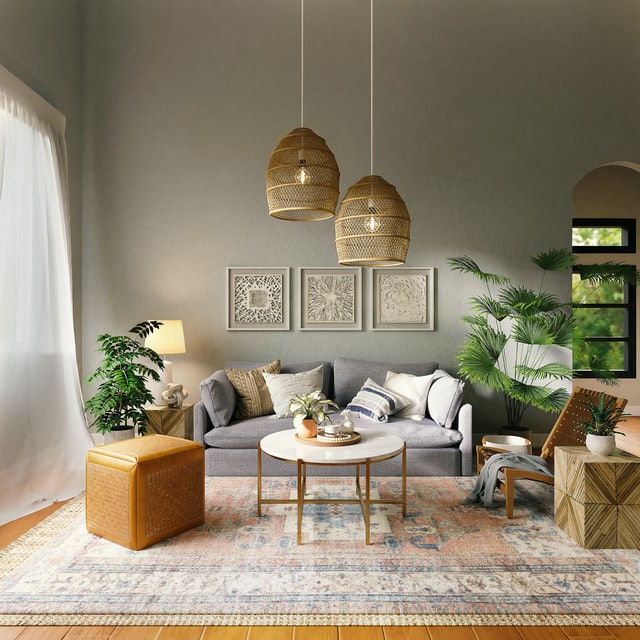Decorating your home is no small task. There are so many moving parts to pull together, both logistically and creatively. And when it comes down to it, you may still find that your ideas are missing that ‘spark’ that brings everything together. Are you in the dark about how to use lighting in your home?
Many times, that spark is something of a literal one: light! Lighting is a key consideration in any home decoration project, and one that can sometimes get overlooked in favour of poring over paint swatches, and choosing between coffee tables. Here we’ll examine why light is so important to the home. And how different iterations of it can have profoundly different effects on the overall aesthetic.
Light Theory
While there is no prescriptive ‘theory’ for interior designers to follow like scripture, there are some general wisdoms circulating the placement of light in the home. One such wisdom relates to the various roles light can play in a home.
There are four or five key roles interior lighting can play. Getting these to interplay can be the final piece of the puzzle for a room. For example, homes typically have a central room light suspended from the ceiling. These provide good illumination, but can feel stark, and almost like a spotlight hanging over you. This is general lighting, and serves a good, functional purpose but can serve to flatten the room.
Ambient lighting, meanwhile, can give you much more control over a room’s illumination without being harsh. Accent lighting can draw attention to statement pieces. One fundamental approach to home lighting is that of ‘layering’. That is, pitching light sources at different elevations for these different purposes. But how exactly might you approach doing so, in order to get the most out of your room?
Staging Light Around the Home
For the general lighting itself, a different approach to your light fitting can have a transformative effect on the way the light plays in your space. Ditch the oppressive conical lampshade, and opt instead for pendant lighting; pendant lights can bring the light source further into the room, increasing a sense of cosiness in living and dining spaces and eliminating that spotlight feel.
Ambient lighting is difficult to define, and for many simply means the addition of a dimmer switch. However, shrewd use of wall lighting can give you an ambient light option distinct from your overhead bulb. But not all light sources need to be mains-supplied.
Indeed, desktop and floor-standing light sources can be statements in and of themselves, as well as serving a vital purpose. Angle-poise lamps can provide ambience and also a form of task lighting, especially if placed close to a sofa or reading nook. Accent lighting in the form of a concealed LED strip can illuminate artworks or backlight media centres, for a soft glow that enhances the space.
On Sustainable Lighting
Light is a wonderful thing, but it is more important than ever to consider the carbon cost when planning your room lighting. Certain installations can be more power-hungry than others. While new designs can provide incredible ambient light for next-to-no energy. LEDs are the future in this regard, while solar lighting for outdoors has become something of a standard.

